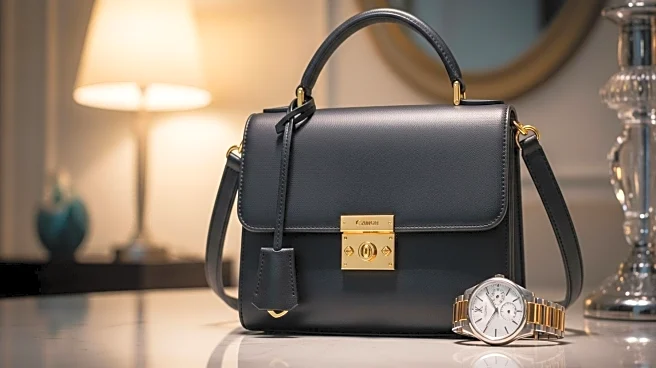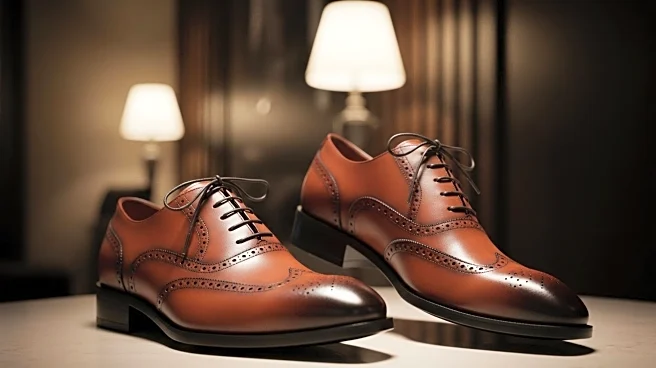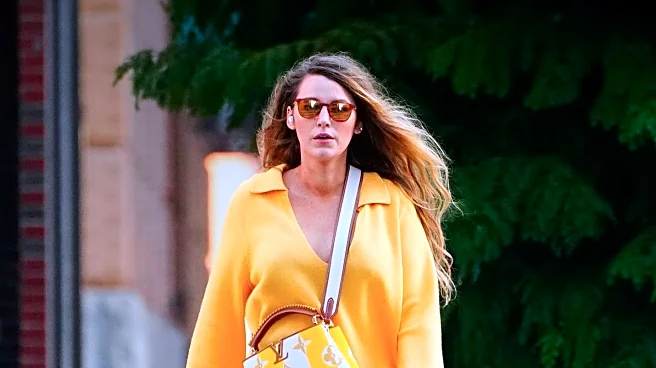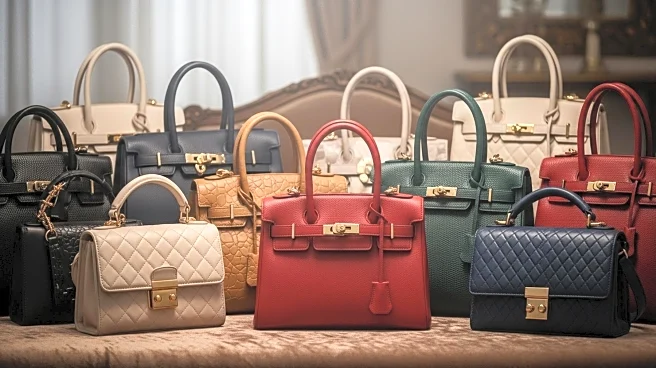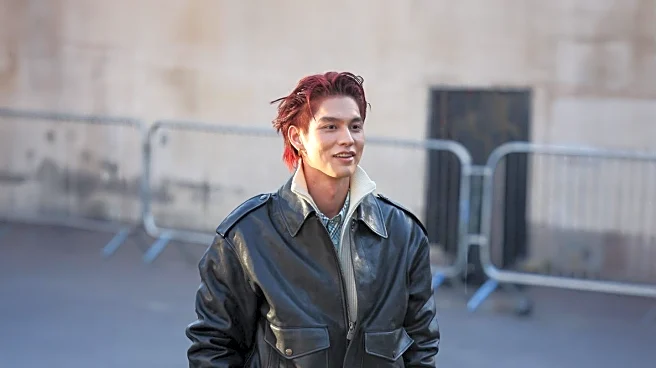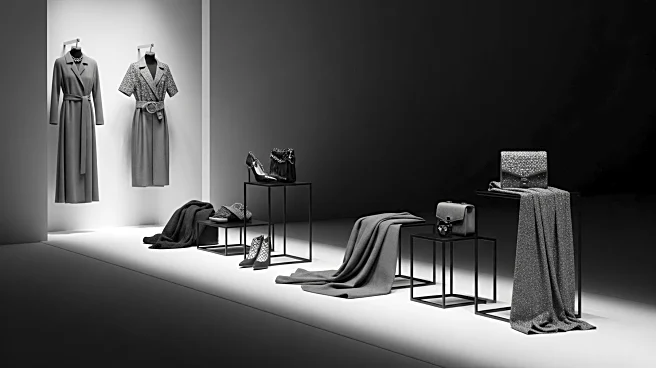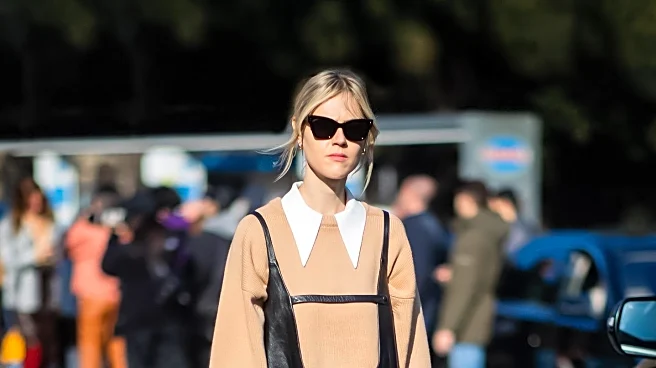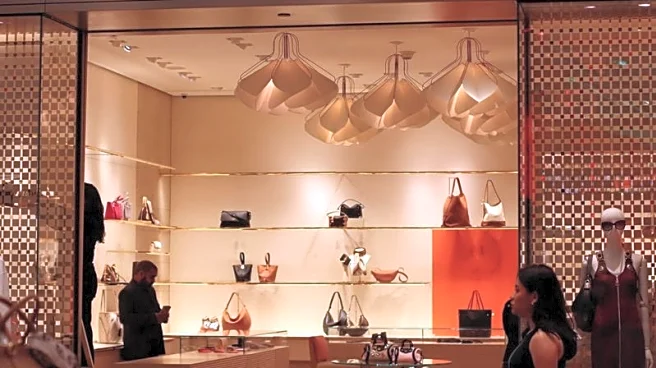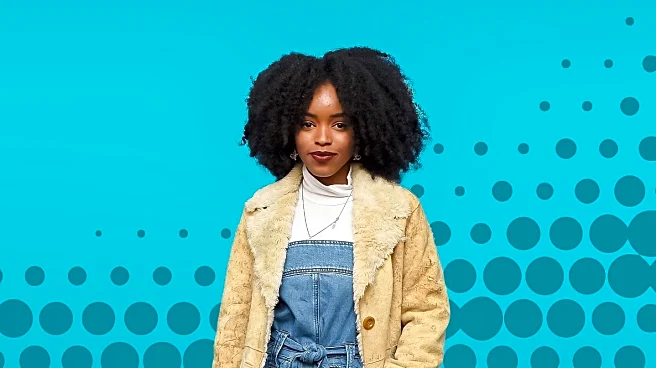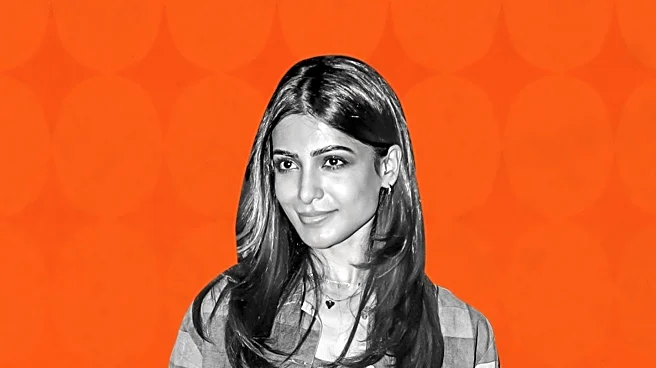What is the story about?
What's Happening?
Luxury brands have been increasing their prices significantly over the years, affecting the resale value of their products on the secondhand market. A report by Vestiaire Collective highlights the current resale prices of iconic luxury handbags compared to their original retail prices. For instance, the Hermès Birkin 35 Bag, originally launched in 1984 for around 1,800 euros, now retails for over 10,600 euros, with pre-owned prices upwards of 5,900 euros. Chanel has increased its bag prices by 54 percent between 2019 and 2024, aiming to strengthen its brand image and exclusivity. This strategy has led to increased value on the pre-owned market, although not all bags guarantee a profitable resale. Factors such as condition, rarity, and market trends play a crucial role in determining the resale value.
Why It's Important?
The aggressive pricing strategies of luxury brands have significant implications for consumers and the secondhand market. While these strategies enhance brand exclusivity and image, they also create a complex investment landscape for buyers. Consumers looking to invest in luxury handbags must consider various factors, including the brand's pricing trends, the condition of the item, and its rarity. The secondhand market offers potential for profitable investments, but only for certain models and under specific conditions. This dynamic affects consumer behavior, influencing decisions on purchasing new versus pre-owned luxury items.
What's Next?
Luxury brands may continue to increase prices to maintain exclusivity, potentially affecting the secondhand market further. Buyers interested in investing in luxury handbags will need to stay informed about market trends and brand strategies. The arrival of influential creative directors, such as Matthieu Blazy at Chanel, could lead to changes in production and availability, impacting resale values. Additionally, brands like Versace, recently acquired by Prada Group, may see revitalization efforts that could influence the value of their products on the secondhand market.
Beyond the Headlines
The luxury handbag market reflects broader economic and cultural trends, including the growing importance of sustainability and ethical consumption. As consumers become more aware of these issues, the demand for pre-owned luxury items may increase, offering a more sustainable alternative to new purchases. This shift could lead to changes in how luxury brands approach pricing and production, potentially affecting their long-term strategies and market positioning.
AI Generated Content
Do you find this article useful?
